Hien Luong Bridge: Historical Witnesser of the Vietnam War
Hien Luong Bridge crosses Ben Hai River, in Hien Luong village, Hien Thanh commune, Vinh Linh district, Quang Tri province, Vietnam. Also here, there were fierce " Loud Speaker War", "Color War", and “Flag War” during the Vietnam War. At that time, Hien Luong Bridge was to connect 2 banks of the Ben Hai River where it was the border area that divided Vietnam into two regions along the 17th parallel: the North was administered by the Democratic Republic of Vietnam, and the South was controlled by the Democratic Republic of Vietnam. managed by the State of Vietnam and then the Republic of Vietnam and then the Republic of South Vietnam, for nearly 22 years, from 1954 to 1976.
- Location: Dong Ha City, Vinh Linh District, Quang Tri Provice, Vietnam
- Entrance Fee: Free of Charge or 50k to walk on the bridge & Museum
- Opening Time: 24 Hours
- Dress Code: Comfortable Cloths
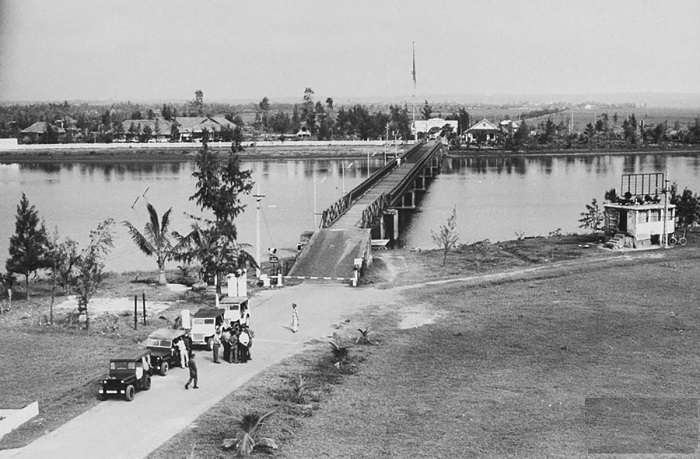
As normal as many other lands throughout the country, but when the two regions were divided during the war (1954 - 1975), the Ben Hai river and the land on both banks became famous. The banks of Hien Luong have become "historical witnesses" for more than 20 years carrying the pain of dividing the country. The cluster of relics includes at the two banks of Hien Luong: Hien Luong Bridge, Ben Hai River, the flagpole on the North bank, the Union house, the police station at the border line, loudspeakers, the monument cluster "Aspirations for unity" on the bank. South, 17 Parallel Museum House
History of Hien Luong Bridge:
Before there was no bridge over the Ben Hai River, this section of the river less than 100m wide had only one ferry port. The first Hien Luong Bridge was built in 1928 by Vinh Linh government mobilizing people in the area to contribute efforts. This bridge is made of wood, iron piles, 2m wide, the tonnage is only enough for pedestrians. In 1931, this bridge was repaired by the Indochinese Federation, but if you want to cross the river, you still have to go by ferry. In 1943 the bridge was upgraded again, at this time small motor vehicles could pass.
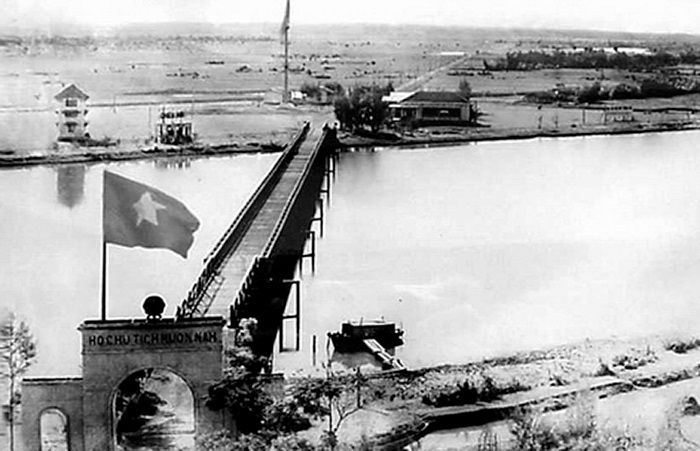
In 1950, due to military needs, France rebuilt the bridge with reinforced concrete, 162m long, 3.6m wide, with a tonnage of 10 tons. This bridge existed for two years when it was destroyed by Viet Minh guerrillas to prevent the French advance. In May 1952, France rebuilt a new bridge with 7 spans, 178m long, reinforced concrete pillars, steel girders, pine wood paved surface, 4m wide, 1.2m high barriers on both sides. The maximum tonnage of the bridge is 18 tons. This bridge existed for 15 years (from 1952 to 1967) when it was destroyed by American bombs.
From 1972 to 1974, to serve the southern battlefield, the South Vietnamese Liberation Army engineers built a temporary pontoon bridge 20 meters west of the old bridge. In 1974, the government of the Democratic Republic of Vietnam rebuilt with reinforced concrete 186m long, 9m wide, with a pedestrian corridor 1.2m wide.
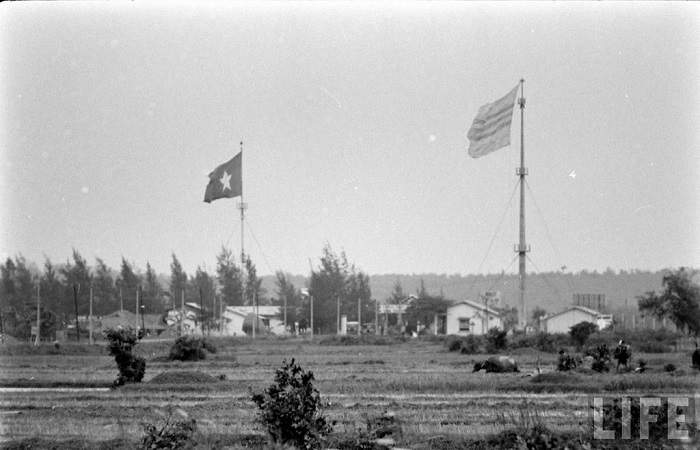
After peace was restored, the old bridge deteriorated more and more seriously. In 1996, the Ministry of Transport built a new bridge 230m long, 11.5m wide, located to the west of the old bridge. The new bridge was constructed using push casting technology – a most modern method first applied in Vietnam. In 2001, the iron bridge in 1952 - a historical evidence of the division of the country was restored to its original design according to the design of the old bridge that was destroyed by US bombs in 1967.
On May 18, 2003, Quang Tri province held the inauguration ceremony of the restoration work of Hien Luong bridge spanning the Ben Hai river, which was started in April 2002 with a total investment of 6.5 billion VND. 182.97m long, including 7 spans, ironwood surface.
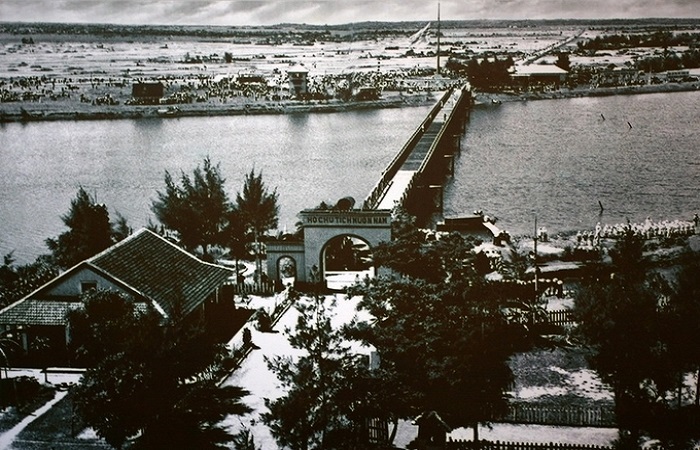
In 1954, after losing the decisive strategic battle of Dien Bien Phu, France agreed to return Vietnam's independence under the Geneva Agreement. Ben Hai River at the 17th parallel was chosen as the boundary dividing Vietnam into two military gathering areas: the Army of the Democratic Republic of Vietnam withdrew to the North, the army of the French Union withdrew to the South. At first, this division of the two military zones had no territorial or political significance, and was valid for only two years, from 1954 to 1956, and after that a general election would be held to completely reunification. After establishing the demilitarized zone, according to the agreement, the Viet Minh army from the South must gather to the North, the French army from the North must gather to the South. Between the two armies is a "demilitarized zone" from 5 kilometers from each side of the Ben Hai River which is used as a "buffer zone" to avoid possible conflicts (hostile activities) between the two armies.
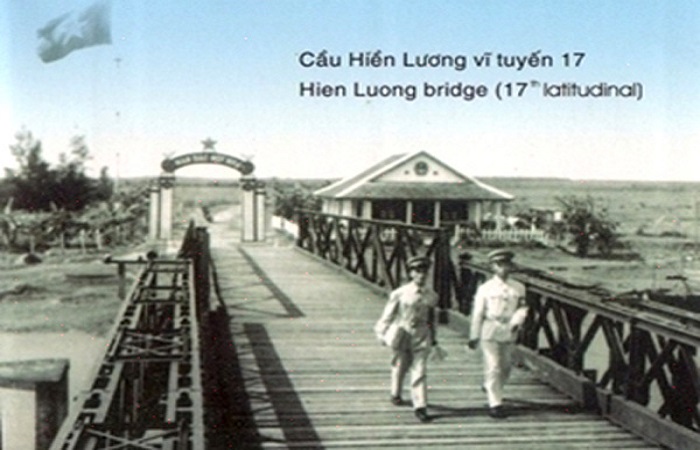
But in 1956, Ngo Dinh Diem, president of the Republic of Vietnam, refused to participate in the general election, so the Ben Hai River continued to divide the country and separate many families in the two regions of Vietnam. Today, on the south bank of the Ben Hai River, there is a monument with the name: "Aspiration to unify the river". The monument has the shape of a young woman standing on the south bank of the Ben Hai River looking to the north to commemorate the painful days when they could not cross the river to meet her husband and relatives. However, during the separation, there were still personnel exchanges between the two regions, such as on March 19, 1965, a group of people working for the National Front for the Liberation of South Vietnam such as Ton Hat Duong Ky and Pham Van Huyen was expelled by the Republic of Vietnam to the North via Hien Luong Bridge.
How to Get to Hien Luong Bridge?
Hien Luong Bridge is located in the North of Dong Ha Town, on National Road No 1 on the way South to/from North. Distance Hien Luong Bridge is about 90km to/from Hue, 190km from Danang, 75km to/from Dong Hoi, 120km from Phong Nha National Park. So the best affordable and comfortable way to get to Ben Hai River is by Private Car or Grab Taxi.
If you traveling from Hue City, you can book Hue DMZ Private Tour Half Day or Rent a Private Car to drive you to Vinh Moc. Then it depends on your plan to go back to Hue, stay in Dong Ha City or take overnight train and open bus to Hanoi on the same day. You can also visit Hien Luong Bridge on the way Hue to/from Phong Nha by Private Car.
See Also:

Best of Vietnam

Best Vietnamese Food You Have to Try in Vietnam
Best Food in Vietnam: Vietnamese Traditional Food is top World well known to be both healthy and...
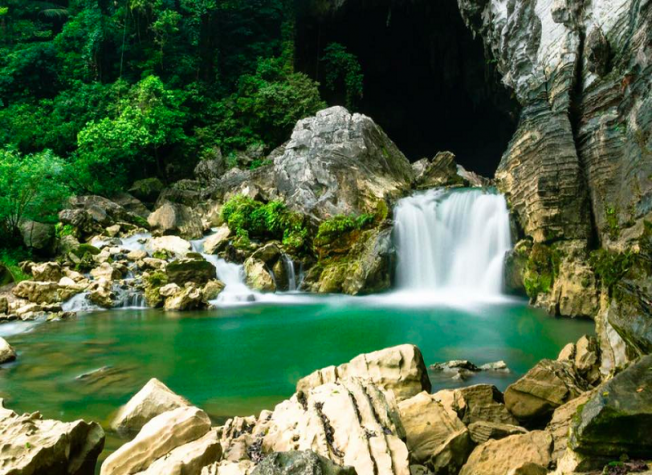
10 Best National Parks in Vietnam
Vietnam Travel Guide: If you look for the Best Wildlife Discovery Experience in Vietnam, here are...
Read More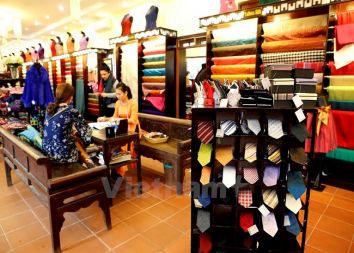
Best Souvenir to Buy in Vietnam
If you look for Best Things to Buy when traveling to Vietnam to bring home for your family & friends...
Read More
The 10 Best Places to Visit in Vietnam
Vietnam Travel Guide: Home to an extensive collection of historical and cultural attractions,...
Read More
Top 10 Museums You Should Not Miss in Vietnam
Vietnam, 4.000 years old country has a unique and lengthy history, culture with 54 ethnic groups. It...
Read MoreFind your trip
Vietnam Best Tours
Vietnam Car Rental
Vietnam Travel Blog
- Vietnamese People: Origin, History, Culture and Traditions
- Vietnam Currency: Best ATM and Places to Exchange Money
- Vietnam Map: Regions, Cities & Provinces Map of Vietnam
- What is illegal Things in Vietnam: Rules & Laws for Tourists
- Best Time to Travel to Vietnam to Avoid the Bad Weather
- Vietnam News: Population & Religions of 54 Ethnic Groups









